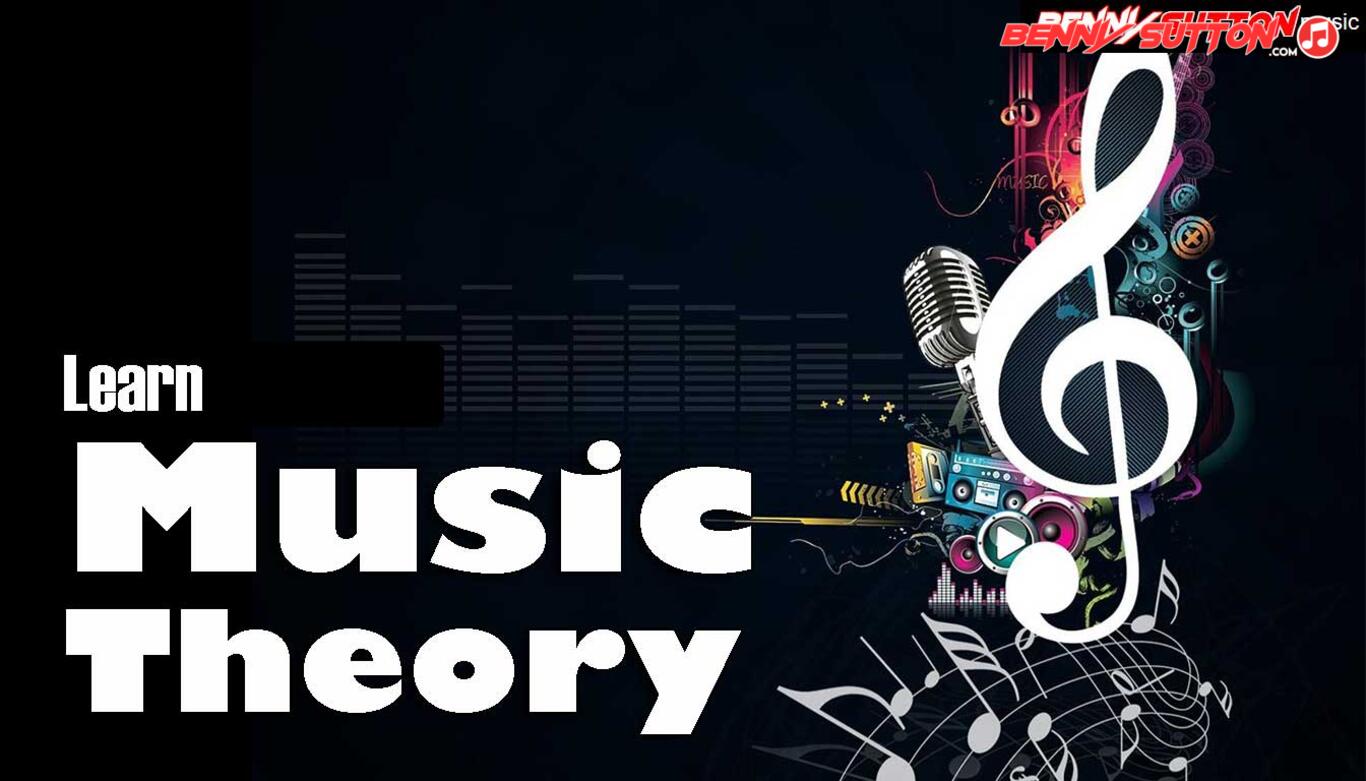Three-note chord built from stacked thirds: major, minor, diminished, augmented.
Triads
A triad is the simplest complete chord — a stack of three distinct pitches built by stacking thirds (intervals of three or four semitones).
Triads form the harmonic foundation of Western music, from classical to pop, and are the basis of all extended and altered chords.
Each triad consists of:
1. Root — defines the chord’s name and tonal center.
2. Third — defines major (bright) or minor (dark) quality.
3. Fifth — stabilizes the chord, determining consonance or dissonance.
When written vertically, triads follow the tertian principle — every note is a third apart from the one below it.
Triad Types and Formulas
| Triad Type | Interval Pattern (from Root) | Formula (Semitones) | Example (C Root) | Sound Character |
|---|---|---|---|---|
| Major | Root – Major 3rd – Perfect 5th | 0 – 4 – 7 | C–E–G | Bright, stable, consonant |
| Minor | Root – Minor 3rd – Perfect 5th | 0 – 3 – 7 | C–E♭–G | Dark, warm, introspective |
| Diminished | Root – Minor 3rd – Diminished 5th | 0 – 3 – 6 | C–E♭–G♭ | Tense, unstable |
| Augmented | Root – Major 3rd – Augmented 5th | 0 – 4 – 8 | C–E–G♯ | Lifting, unresolved, dreamlike |
| Suspended 2 (sus2) | Root – Major 2nd – Perfect 5th | 0 – 2 – 7 | C–D–G | Open, modern, “floating” |
| Suspended 4 (sus4) | Root – Perfect 4th – Perfect 5th | 0 – 5 – 7 | C–F–G | Strong, unresolved, pre-cadential |
Major and minor are the two primary tonal colors.
Diminished and augmented triads introduce tension and transition.
Suspended triads replace the 3rd to blur tonality and add movement.
Interval Relationships
Visually or numerically, each triad is constructed by stacking two thirds:
| Triad Type | Lower Third | Upper Third | Resulting 5th |
|---|---|---|---|
| Major | Major 3rd | Minor 3rd | Perfect 5th |
| Minor | Minor 3rd | Major 3rd | Perfect 5th |
| Diminished | Minor 3rd | Minor 3rd | Diminished 5th |
| Augmented | Major 3rd | Major 3rd | Augmented 5th |
Inversions
A triad can appear in three positions depending on which note is in the bass:
| Inversion | Bass Note | Example (C Major) | Symbol | Function |
|---|---|---|---|---|
| Root Position | Root | C–E–G | C | Most stable form |
| 1st Inversion | 3rd | E–G–C | C/E | Softer, smooth voice leading |
| 2nd Inversion | 5th | G–C–E | C/G | Suspended, often used for cadences or passing motion |
Inversions are critical for voice leading, bass motion, and smooth harmonic transitions in composition and arranging.
Harmonic Function in Context
Triads gain meaning from their position in the scale (the Roman numeral system):
| Scale Degree | Triad | Quality in Major | Quality in Minor |
|---|---|---|---|
| I | Tonic | Major | Minor |
| ii | Supertonic | Minor | Diminished |
| iii | Mediant | Minor | Major |
| IV | Subdominant | Major | Minor |
| V | Dominant | Major | Major |
| vi | Submediant | Minor | Major |
| vii° | Leading tone | Diminished | Diminished |
The I–IV–V relationship defines major-key harmony, while i–iv–v (or i–♭VI–♭VII) underpins minor-key and modal contexts.
Real-World Examples
| Triad Type | Song | Artist | Usage |
|---|---|---|---|
| Major | “Let It Be” | The Beatles | Diatonic I–V–vi–IV progression |
| Minor | “Creep” | Radiohead | i–III–IV–IV progression in G minor |
| Diminished | “Because” | The Beatles | Passing tension before resolution |
| Augmented | “Oh Darling” | The Beatles | Chromatic lift between phrases |
| Sus4 | “Pinball Wizard” | The Who | Power-chord style open suspension |
Summary
| Attribute | Value |
|---|---|
| Foundation | Three-note chord built in 3rds |
| Tonal Color | Determined by 3rd and 5th |
| Variants | Major, Minor, Diminished, Augmented, Suspended |
| Key Usage | Tonal harmony building block |
| Inversions | Root, 1st, 2nd |
| Function | Establishes harmonic stability, direction, and voice leading |
